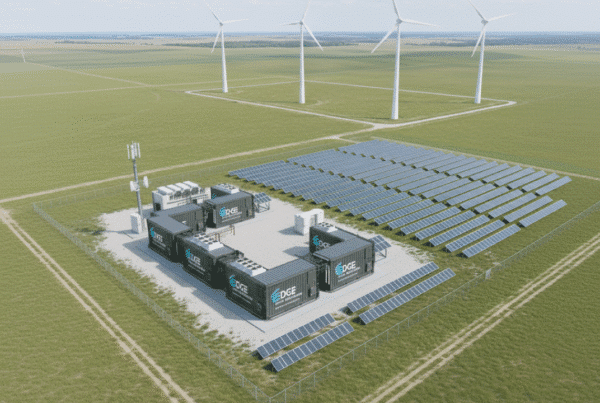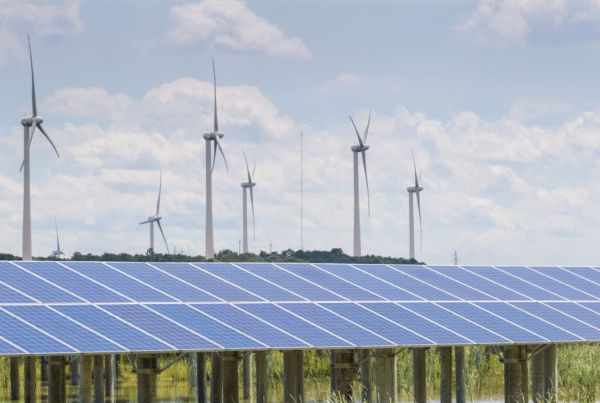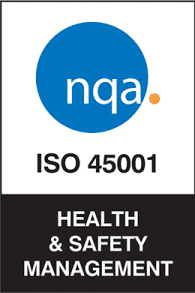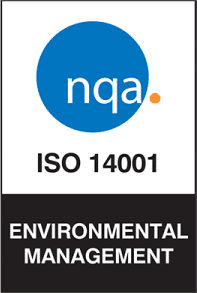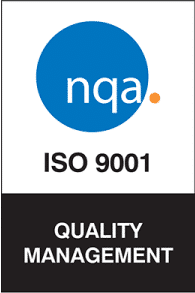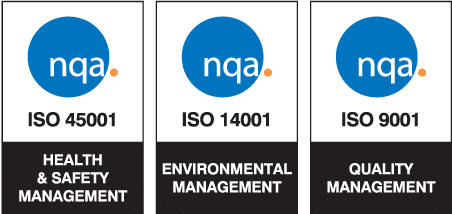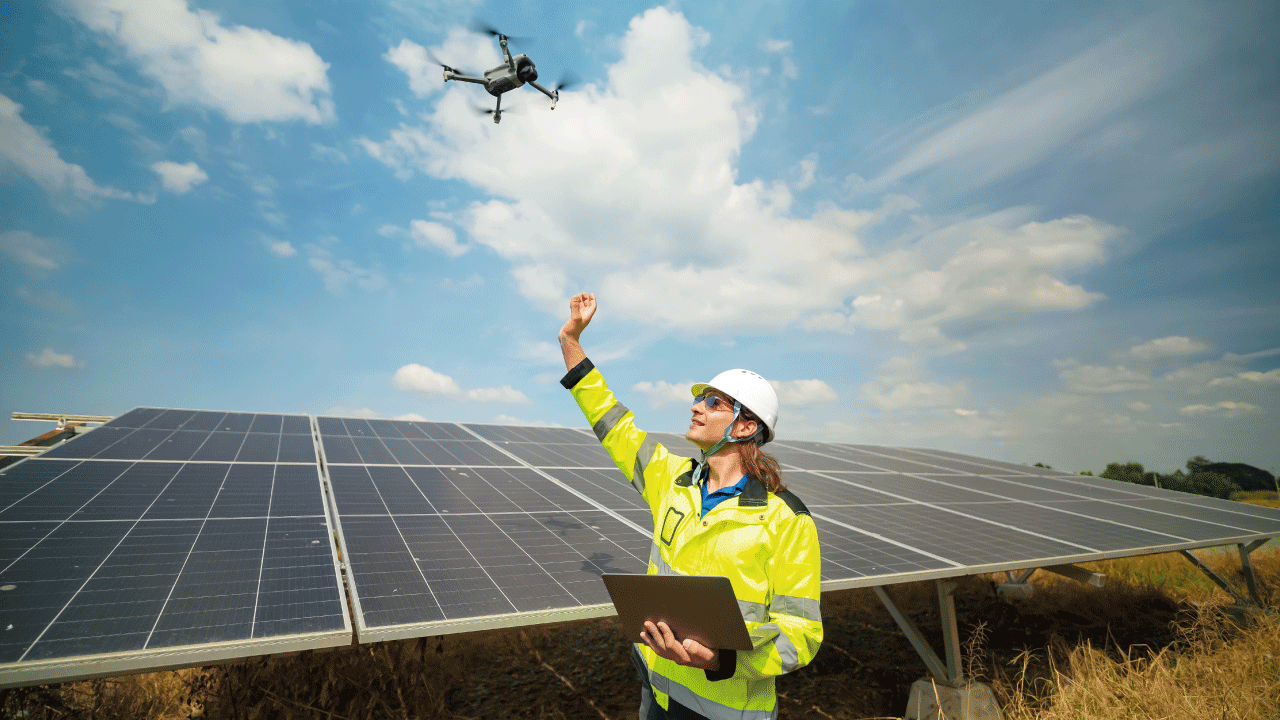
Traditionally, solar inspections were scheduled on fixed calendars or performed after a breakdown occurred. This reactive approach can lead to high costs—not only in spare parts and labor, but also in lost production over days or even weeks. With a predictive approach, data takes center stage. Thanks to drones equipped with thermal cameras and IoT sensors strategically placed among the modules, it’s possible to detect a panel starting to overheat, performance attenuation due to dirt, or even small internal cracks before they cause a section or full-plant outage.
This system relies on a network of sensors that continuously measure temperature, vibration, and radiation. These compact, weather-resistant devices send their readings to a cloud platform, where artificial intelligence algorithms compare them against normal operating levels. Simultaneously, a drone performs scheduled or on-demand inspections, capturing multispectral and thermal images. As it flies, the drone analyzes each solar cell, identifies hot spots, and generates a detailed thermal map. When sensors detect abnormal values or images reveal a hot spot, the system sends an alert with the exact location of the affected module and the likely cause—temporary shading, accumulated dirt, degraded soldering, or internal connection failures.
Adopting predictive maintenance typically results in an average reduction of operational costs by around 30%. By avoiding unnecessary revisits and focusing efforts on the modules that truly need attention, you optimize your technical team’s resources and extend the lifespan of your panels. Additionally, the frequency of unplanned outages drops significantly, directly impacting annual energy production. But beyond the numbers, the real value lies in peace of mind: knowing that every cell is being monitored, that every potential anomaly receives immediate attention, and that maintenance decisions are based on real data—not on blind inspection routines.
Transforming a traditional installation into a predictive environment requires investment in hardware, software, and training. Drone flight certifications and permits may vary by region, so understanding local regulations is essential before deploying the service. Ensuring data security and confidentiality is also a challenge: cloud platforms must comply with encryption standards both in transit and at rest, and access protocols must be strict. Finally, the system’s effectiveness depends on the quality of the algorithms. A technology partner with experience in renewable energy can ensure proper sensor calibration and the development of predictive models that minimize false positives.
Predictive maintenance with drones and IoT is not a passing trend—it’s the natural evolution of the photovoltaic sector toward full digitalization. By combining the aerial vision of drones with the constant monitoring of sensors, you create an intelligent system capable of keeping your plant operating at peak performance.
——————————————–
Find out more news about the renewable energy sector on the Univergy Solar blog.

